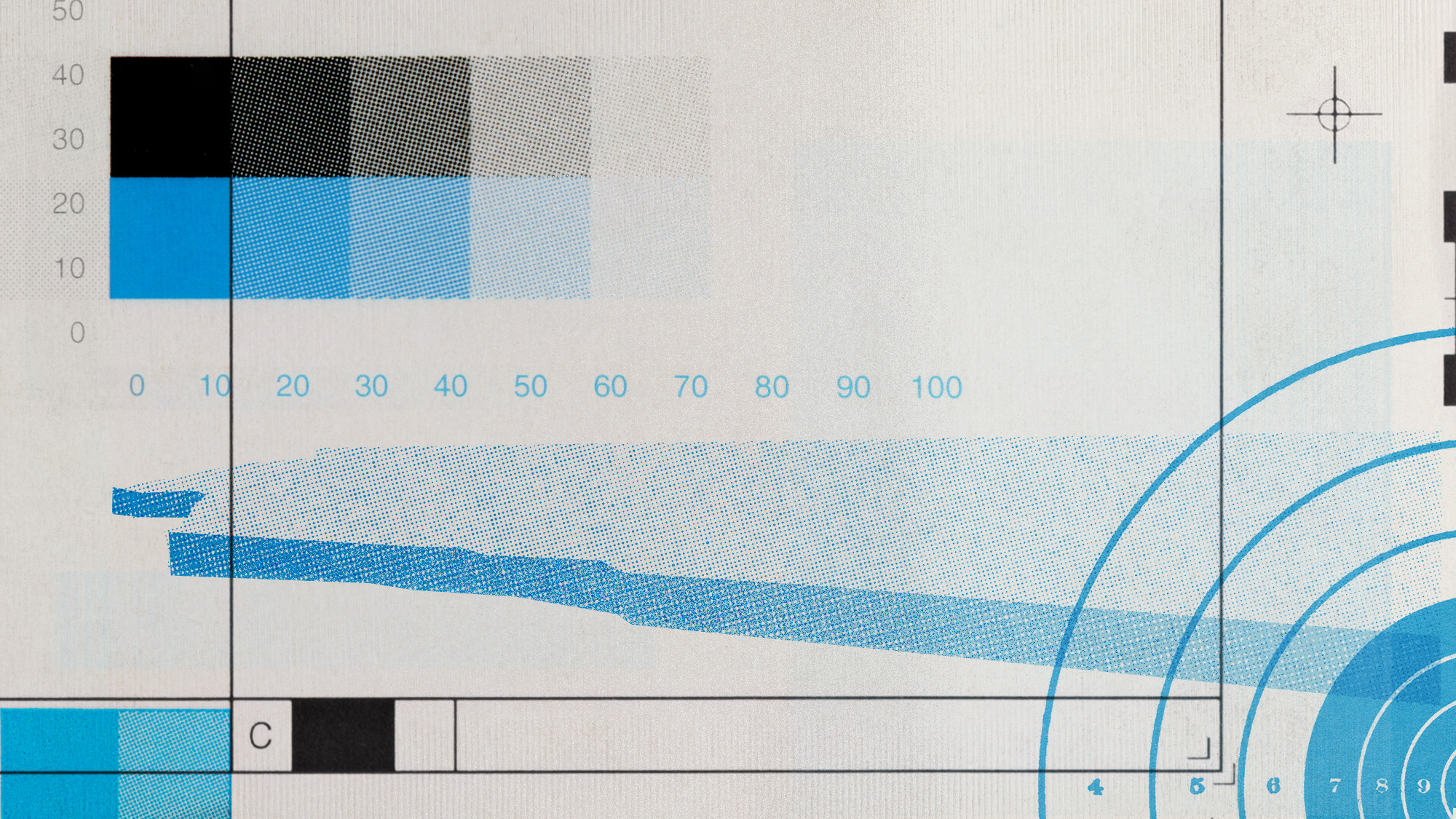Why colorful iPhones are a terrible idea
Pink smartphones might just signal the beginning of the end for Apple

Of all the criticisms leveled against the iPhone 5, a dearth of color choices wasn't one of them. Nonetheless, Apple may soon enter the rainbow, at least according to analyst Brian White of Topeka Capital Markets, whose sources report that different colored iPhones with different sized screens are on their way, and could be available as soon as May or June. Here's what White had to say (brackets are from Barron's):
In terms of more colors, we believe the next iPhone will draw inspiration from the iPod touch that became available in multiple colors (beyond the traditional black and white) for the first time this past October. These colors included pink, yellow, blue, white & silver, black & slate […] We believe the addition of color to the iPod touch lineup was a testing ground for adding color to the next generation iPhone that we believe could be available in eight colors in total […] In our view, the iPhone 5 unibody aluminum case is a work of art and we believe it would be even more popular with the ability for consumers to choose from a wide array of vibrant colors that only Apple can deliver.
Some Apple watchers are more excited about the rumor than others. Over at CNET, Erick Mack called the move "brilliant," and expounded on the different shopping possibilities. "What else is there for the iPhone fan who lines up for each iteration to buy?" he asked. "How about a second iPhone for his girlfriend or mother in pink?"
Good technology "for girls" is really just good technology for anyone. "I understand why a company would market a Barbie for a girl and a Transformer for a boy," writes Denise Girod at her blog. "Society says this is how men and women are and what they like so this is what boys and girls like. I understand it…but the pinkification of toys" — and gadgets, I'd add — "that have no societal stereotypes behind them should have no gender marketing."
The Week
Escape your echo chamber. Get the facts behind the news, plus analysis from multiple perspectives.

Sign up for The Week's Free Newsletters
From our morning news briefing to a weekly Good News Newsletter, get the best of The Week delivered directly to your inbox.
From our morning news briefing to a weekly Good News Newsletter, get the best of The Week delivered directly to your inbox.
Implicit, weirdly regressive sexism isn't the only reason colored iPhones are bad news for Apple. In his book The Paradox of Choice, psychologist and TED Talk alum Barry Schwartz argues that shoppers are already inundated by too many choices, which tend to paralyze them. He argues that subscribing to an ethos of less is more counter-intuitively works in a company's favor. Apple does it with gadgets. Chipotle does it with burritos. And more companies are learning the hard way that it's better to do one thing and do it well than to do a bunch of things adequately. (Freakonomics has a good breakdown of the theory and its potential fallacies here.)
When Steve Jobs returned for his second stint at Apple in 1997, his first task was to trim the company's huge roster of products to focus on a smaller sliver of core offerings: Macs and iPods, at first, and a few years later, the iPhone and iPad. (The strategy shift worked out pretty well for them.) The problem with offering a variety of iPhones in an endless variety of colors is that it diverts from this philosophy that's at the heart of Apple — from industrial design to supply chain streamlining to the way you buy your iProducts — in a major, major way.
Mind you, offering more color options isn't new territory. (Remember the old iMacs?) But when it comes to a flagship product like the iPhone, it represents a sharp U-turn in the device's evolutionary storyline, one that detracts from its meticulously manicured reputation as the pinnacle of handheld engineering. Colors, at least in this case, are a distraction. They connote flash over substance. (When Apple introduced the iPod Mini in different colors in 2005, the iPhone was waiting in the wings; the iconic MP3 player was, at least for folks inside the Cupertino mothership, already an afterthought.)
Derek Mead at Motherboard sums the thought up nicely:
A free daily email with the biggest news stories of the day – and the best features from TheWeek.com
Breaking out an array of eight colors for iPhones smacks of a cheap thrill. I don't write this as an iPhone obsessive, as I've never even owned one. But in the technology world, the marketing trick de rigueur is to always add more features. As we've already seen with the iPod (and Nokia's Windows phones), saying "Now with more colors" is often a last-ditch shot in the dark to drum up more sales.
CEO Tim Cook is less stubbornly willful than Jobs ever was, and has demonstrated more flexibility when it comes to giving consumers what they think they want. Perhaps Apple will offer the iPhone in a variety of shapes and colors one day (not in May or June, I'm willing to bet) and perhaps consumers will gobble up them up by the cart load (doubtful). And maybe — just maybe — the new iPhones will dance all over your TV screen in prismatic explosions of color to funky breakbeats, just like in that one commercial.
When and if they do, though, it won't be anything to celebrate; instead, those visual fireworks will signal something much gloomier for Apple — the beginning of the end for one of technology's brightest eras.
-
 The former largest iceberg is turning blue. It’s a bad sign.
The former largest iceberg is turning blue. It’s a bad sign.Under the radar It is quickly melting away
-
 Why Saudi Arabia is muscling in on the world of anime
Why Saudi Arabia is muscling in on the world of animeUnder the Radar The anime industry is the latest focus of the kingdom’s ‘soft power’ portfolio
-
 Scoundrels, spies and squires in January TV
Scoundrels, spies and squires in January TVthe week recommends This month’s new releases include ‘The Pitt,’ ‘Industry,’ ‘Ponies’ and ‘A Knight of the Seven Kingdoms’